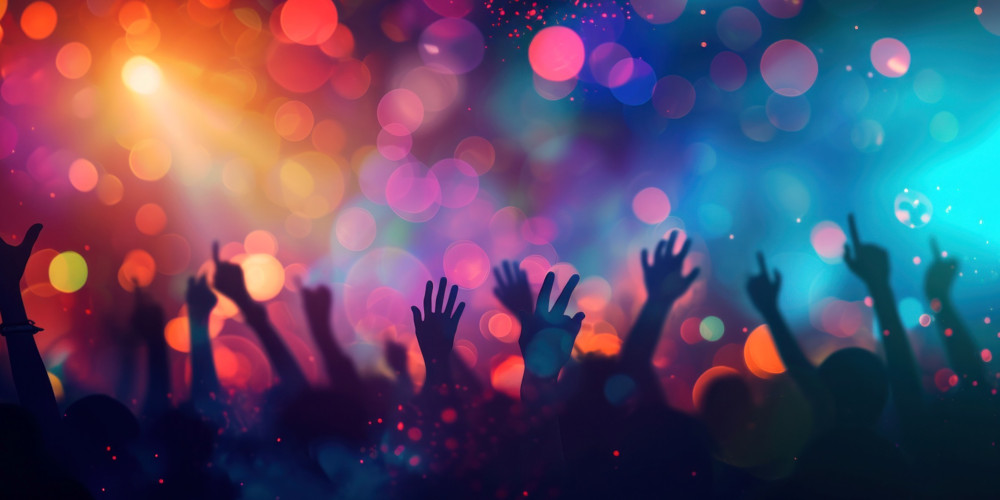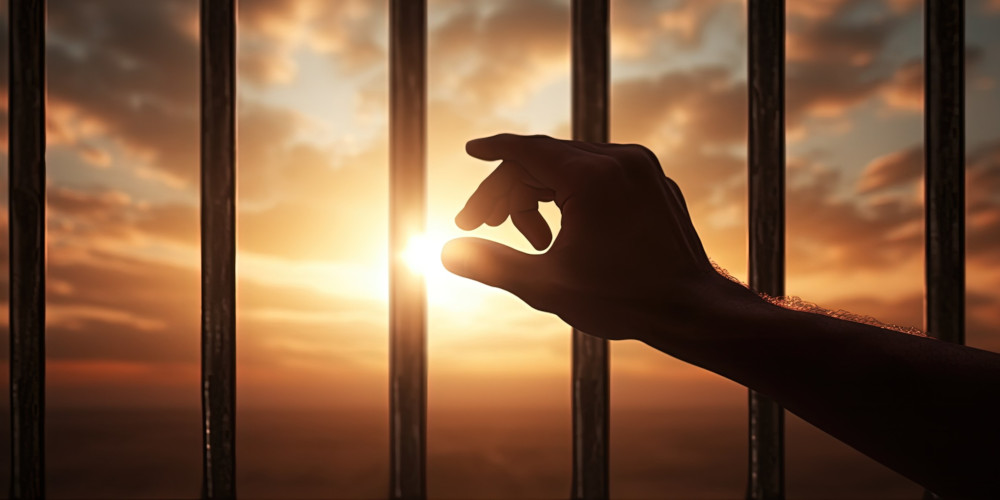There’s a dangerous ritual that has woven itself into modern party culture, the casual combination of cocaine and alcohol. People treat it like a harmless nightlife booster, a social enhancer, a way to keep the energy high while keeping the drinks flowing. They laugh about it. They normalise it. They call it “a vibe” or “a night out done right.” They use it to stay awake, to stay confident, to stay numb, to stay in the moment.
But beneath the jokes and the casual bravado lies one of the deadliest chemical combinations in recreational drug use. Cocaine and alcohol don’t simply add to each other. They fuse into a third substance, cocaethylene, a toxic compound that increases the risk of heart attack, stroke, overdose, and sudden death far more than either drug alone. Most people using the combo have never heard of this third drug, even though it is the one doing the real damage.
The cocaine–alcohol combo doesn’t just wreck health. It changes personality, escalates impulsivity, destroys judgment, fuels violence, encourages reckless behaviour, and worsens addiction faster than almost any other pairing. And because this combo hides behind confidence and charm, people don’t recognise how close they are to catastrophe until the damage is already deep.
This article strips away the glamour, the nightlife mythology, and the denial surrounding the cocaine–alcohol duo. It reveals the psychological realities, the chemical dangers, and the harsh truth families need to know when someone is mixing stimulants and depressants in the name of “fun.”
Why People Love the Combo
Most people don’t start using cocaine and alcohol together because they want to destroy themselves. They do it because the combination feels like relief. Alcohol slows the brain down, loosens inhibitions, softens anxiety, and warms the social environment. Cocaine speeds the brain up, wipes away tiredness, increases confidence, sharpens focus, and gives people a feeling of false control. Together, they create a distorted emotional balance that feels better than reality.
People who use both substances together often describe feeling like a “better version” of themselves. They feel sharper, smoother, more charismatic, more sociable, more alive, more powerful. In truth, they’re just chemically detached from themselves, performing on an emotional stage built out of substances rather than authenticity.
The combination becomes appealing because it silences insecurity, amplifies confidence, and provides a temporary escape from the uncomfortable parts of being human. This is the real addiction, not the substances themselves, but the version of themselves they become while using them.
How Cocaine and Alcohol Trick the Brain Into Thinking Everything Is Fine
When cocaine enters the system, the brain floods with dopamine. Colours sharpen. Thoughts race. Confidence explodes. But cocaine on its own comes with a crash, anxiety, irritation, paranoia, discomfort. Alcohol temporarily softens that crash, making the user believe they are “balancing” the effects. This illusion of balance convinces many people they’re using safely, even intelligently.
In reality, the body is being chemically confused. The stimulant is telling the heart to speed up while the depressant is telling it to slow down. The nervous system is being pushed and pulled at the same time. The user feels centred, but their body is in a state of extreme internal stress. This is why so many people feel “fine” right up until the moment something goes catastrophically wrong.
Cocaine hides the intoxication from alcohol, while alcohol hides the overstimulation from cocaine. People drink far more than they realise, snort more than they intend to, and stay awake long past the point where the brain can regulate itself safely. The feeling of control is a lie. The body is in crisis, the user just can’t feel it.
Cocaethylene, The Silent Killer Nobody Talks About
The biggest danger of mixing cocaine and alcohol is not the individual substances. It’s what they become when combined. When both drugs are in the liver together, the body produces a third chemical, cocaethylene. This compound is far more toxic than cocaine. It stays in the bloodstream longer, penetrates the brain more effectively, and puts enormous pressure on the cardiovascular system.
This is the part clubs, parties, and social circles don’t talk about. Cocaethylene increases the risk of cardiac arrest dramatically, even in young, fit, seemingly healthy people. It causes massive spikes in blood pressure, irregular heart rhythms, and sudden collapse. Users who feel perfectly normal can suffer life-threatening events because the stability they feel emotionally has nothing to do with what their organs are experiencing.
The user thinks they’re partying.
Their heart thinks it’s being attacked.
This is why so many cocaine–alcohol deaths happen unexpectedly and without warning. The danger isn’t visible. The danger is chemical.
How the Combination Changes Personality in Real Time
Families often describe the cocaine–alcohol personality as unpredictable, self-assured to the point of arrogance, emotionally detached, and extremely impulsive. The user becomes louder, faster, more aggressive, or more reckless. They make decisions they would never make sober. They cross boundaries with no awareness of impact. They misinterpret situations. They talk over people. They become bold in ways that feel reckless rather than confident.
What loved ones are witnessing is not personality. It is chemical distortion.
Cocaine pushes the person outward, into intensity, confidence, inflated self-belief, and risk-taking. Alcohol lowers the internal brake system that would usually prevent those impulses from exploding outward. Together, they create a behavioural storm where the user believes they’re in control while everyone around them sees the opposite.
Arguments escalate faster.
Jealousy becomes explosive.
Self-control evaporates.
Violence becomes more common.
Infidelity becomes easier.
Money disappears.
Boundaries collapse.
The person doesn’t become “wild” or “fun.” They become chemically miswired.
The Combo’s Darker Side
Once the night ends, the emotional crash hits with full force. Cocaine wipes out the brain’s dopamine reserves, and alcohol interferes with mood regulation. The next day becomes a storm of anxiety, shame, irritability, and mental fog. People describe feeling empty, depressed, confused, or emotionally raw. They lash out, isolate, or spiral internally.
This emotional collapse becomes part of the addiction cycle. The next weekend, they use again, not for fun, but to escape the emotional fallout of the last binge. The cycle becomes self-feeding. Cocaine lifts them up. Alcohol calms them down. The combination gives them temporary relief from the misery created by the combination itself.
This is why the cocaine–alcohol combo is one of the hardest patterns to break. The drugs cause the pain, then disguise themselves as the cure.
How the Combo Accelerates Addiction Faster Than Single-Drug Use
Cocaine and alcohol together deteriorate the brain far more quickly than either substance alone. The dopamine spikes are higher. The crashes are lower. The brain adapts faster and demands the cycle more frequently. People who once used once a month begin using every weekend. Those who used every weekend begin using midweek. Those who kept the pattern “controlled” begin spiralling.
It doesn’t take daily use to become addicted. It takes dependency on the feeling the combination provides.
People stop enjoying nights out without it.
They feel restless or uncomfortable when sober.
They chase the feeling of confidence.
They chase the emotional numbness.
They chase the social ease.
Addiction becomes psychological long before it becomes chemical.
Why Relationships Suffer
Partners feel the effects of this combo in ways the user doesn’t. They feel the emotional distance, the erratic behaviour, the lack of presence, the irritability, the impulsive decisions, the mood swings, and the aftermath. They struggle to connect with someone who feels emotionally absent one moment and chaotic the next.
The user often can’t see the damage they’re creating because cocaine and alcohol distort self-awareness. They truly believe they’re functioning, even when their partner is slowly losing trust, stability, and emotional safety.
Families begin to dread weekends.
Partners begin to lose themselves.
Children sense the instability.
Arguments become the soundtrack of the household.
The combination doesn’t only harm the user. It harms everyone around them. The Most Dangerous Myth, “I’ve Got This Under Control”
Every addict believes this at some point.
Cocaine users believe they can manage the high.
Alcohol users believe they can manage the drunk.
And when they combine the two, they believe they’ve found a balance.
But there is no balance. There is only chemistry, and chemistry always wins.
The person believes they’re maintaining control because cocaine suppresses alcohol’s sedative effects. They don’t realise they’re far more intoxicated than they feel. They think they’re sharp when they’re impaired. They think they’re charming when they’re erratic. They think they’re safe when they’re physiologically unstable. Control in this context is an illusion built on the absence of self-awareness.
Recovery Means Breaking the Combination
Treatment for cocaine–alcohol addiction is not just about detoxing the body. It requires dismantling the psychological connection between the two substances. The brain has to relearn how to socialise, relax, celebrate, cope, connect, and show confidence without the chemical performance boost. Recovery often involves emotional work, trauma unpacking, rebuilding boundaries, managing depression, addressing anxiety, and restructuring identity. It isn’t quick, and it isn’t easy, but it is absolutely possible with proper support.
Families need to know that someone addicted to this combo is not reckless or selfish. They’re chemically compromised. Their brain has been rewired to associate the substances with emotional regulation and survival. Judgement and shame don’t break this cycle. Support, boundaries, and treatment do.
This Combo Is Not a Party Trick, It’s a Warning Sign
Mixing cocaine and alcohol doesn’t make someone a bad person. It makes them vulnerable to one of the most dangerous drug patterns in modern culture. The danger isn’t in the night itself, it’s in the trajectory. This combination turns recreational use into dependency, dependency into chaos, and chaos into tragedy.
People don’t intend to go this far.
But this combination doesn’t care about intentions.
It only cares about chemistry, and chemistry always collects its debt.




